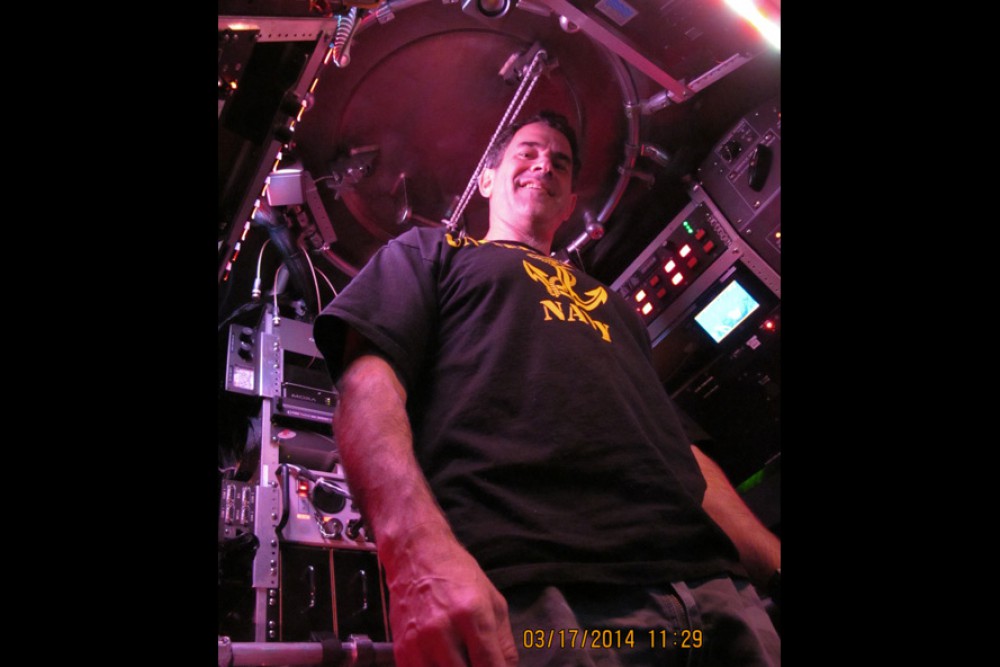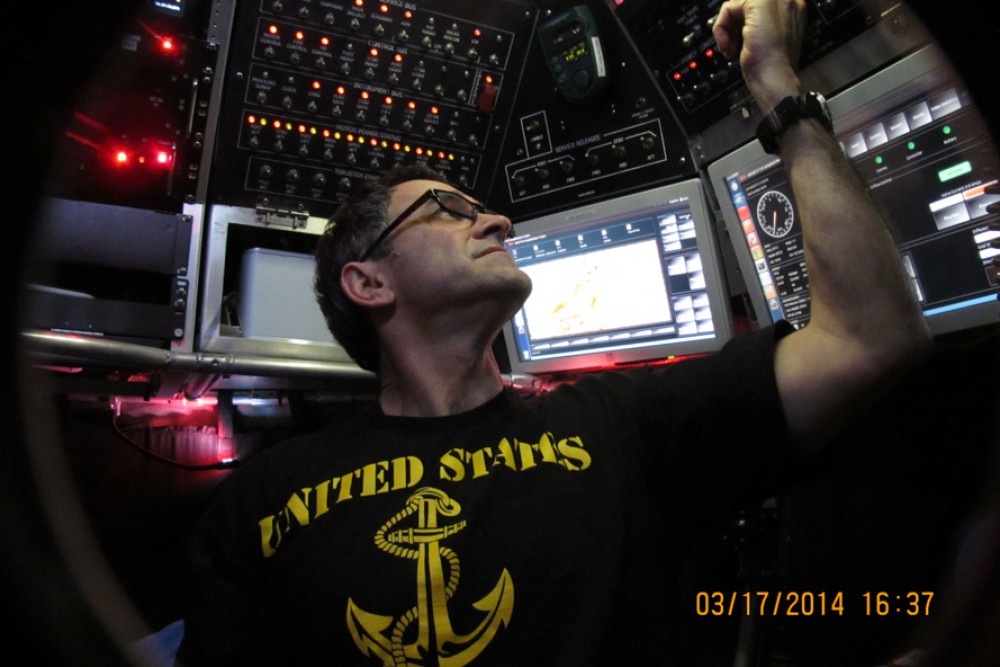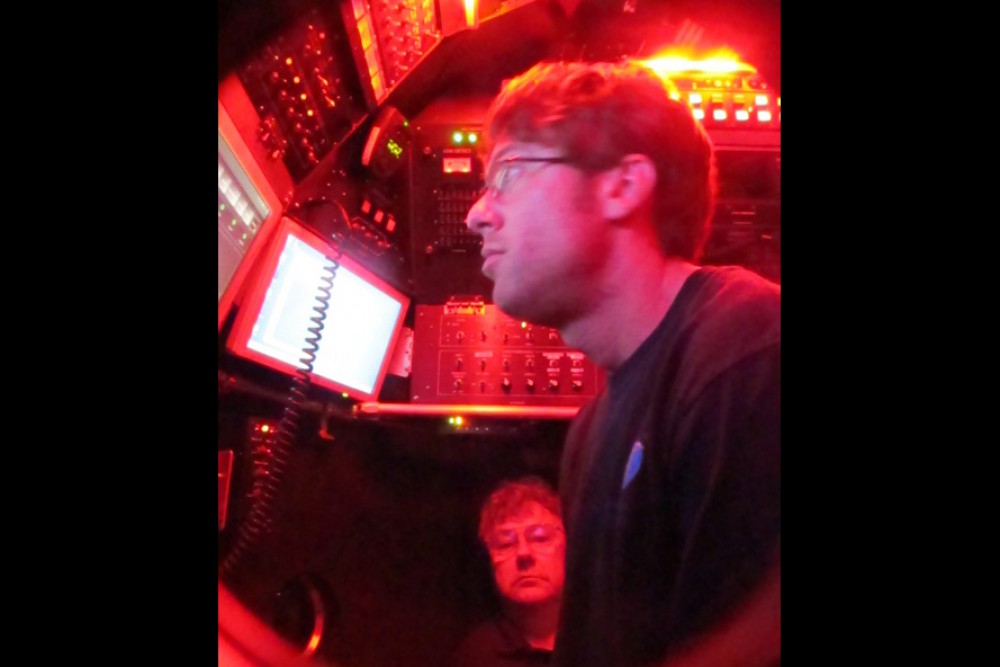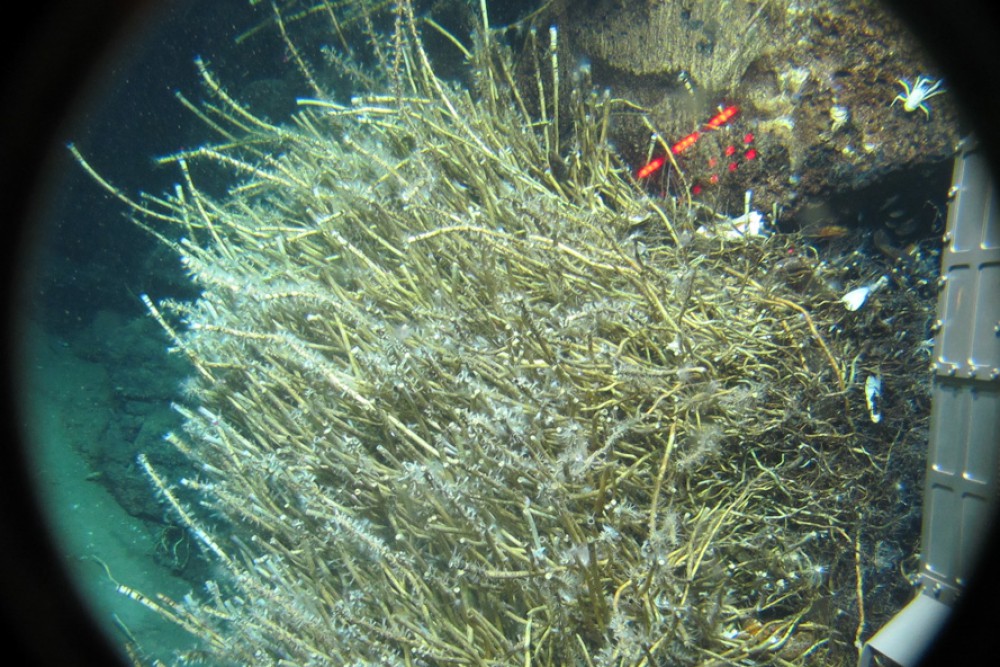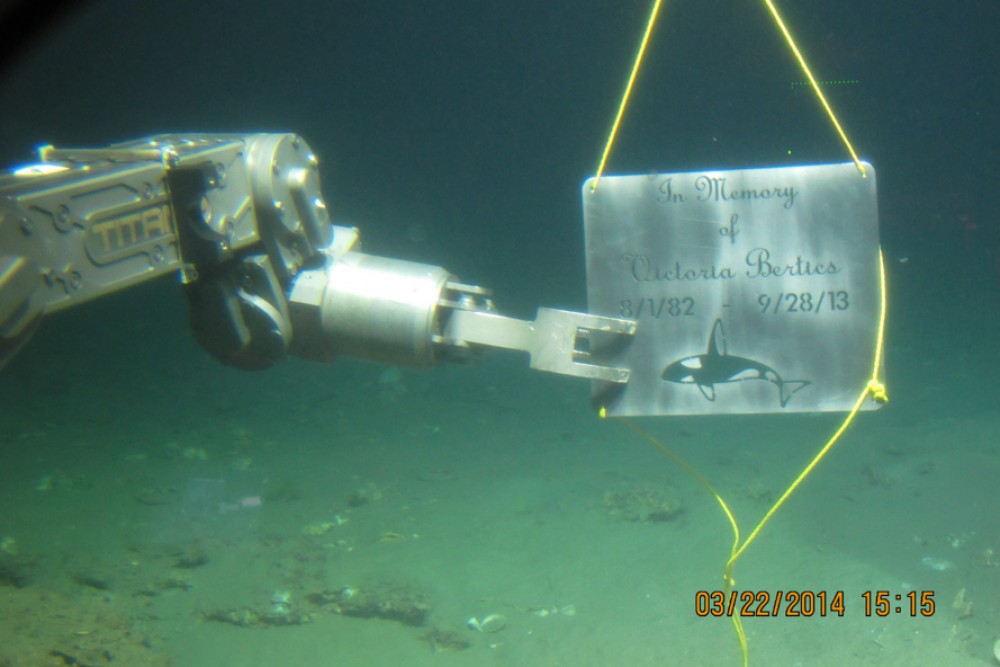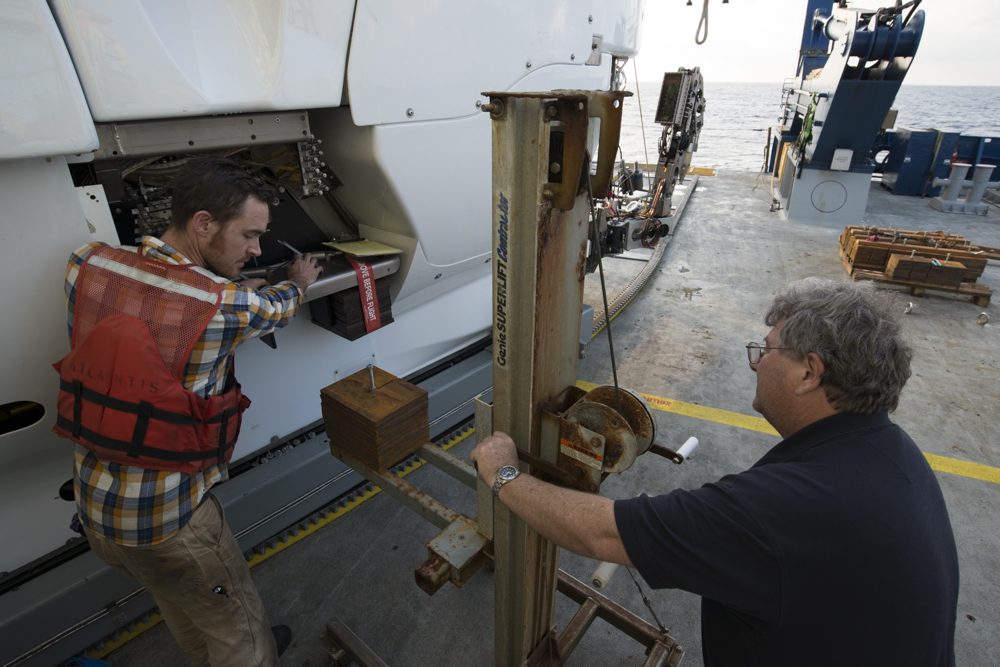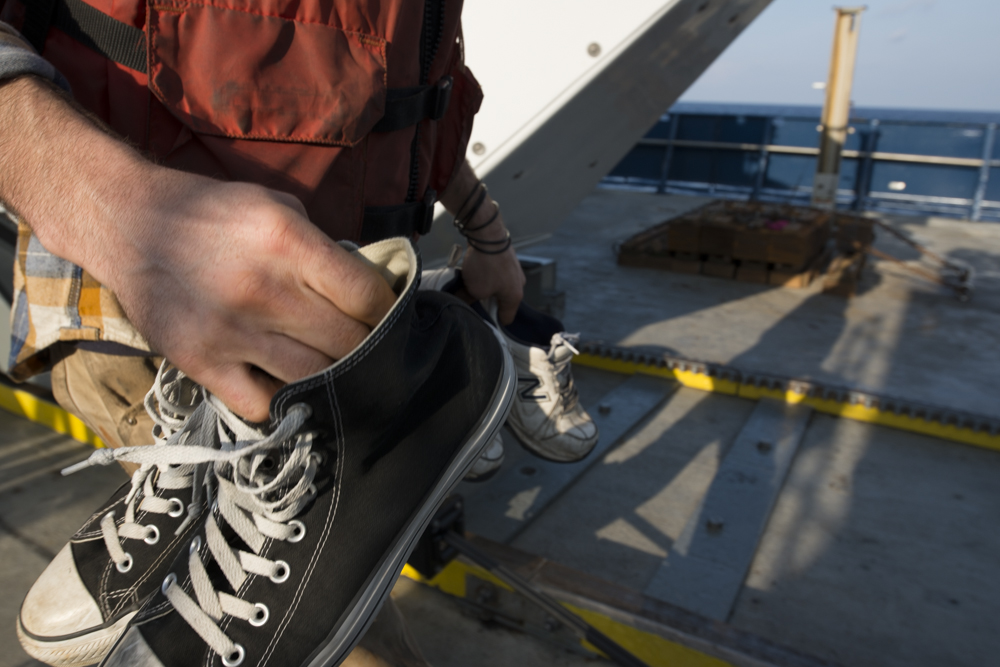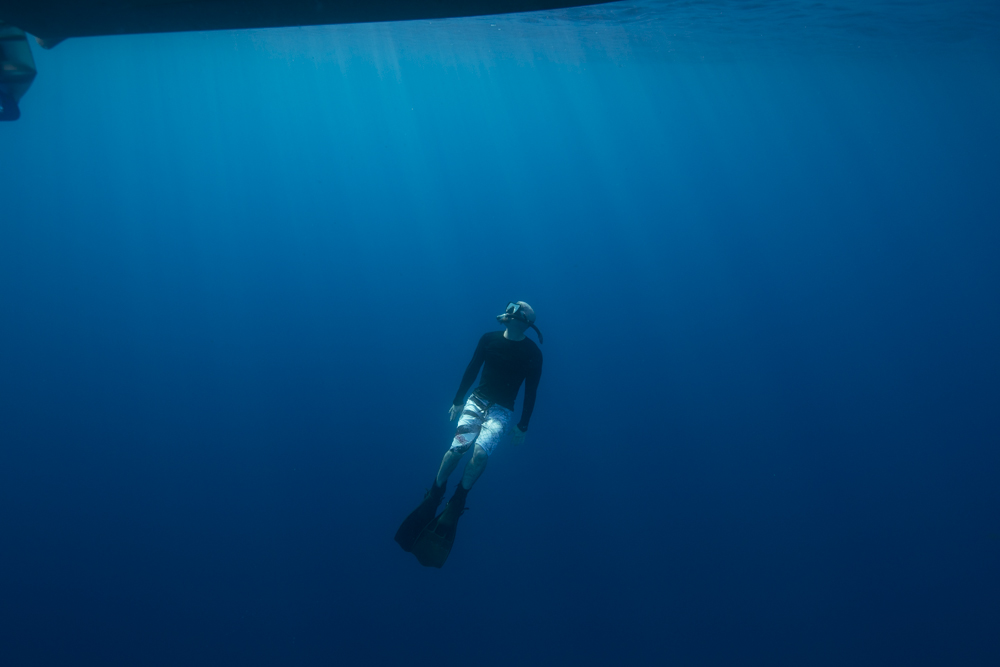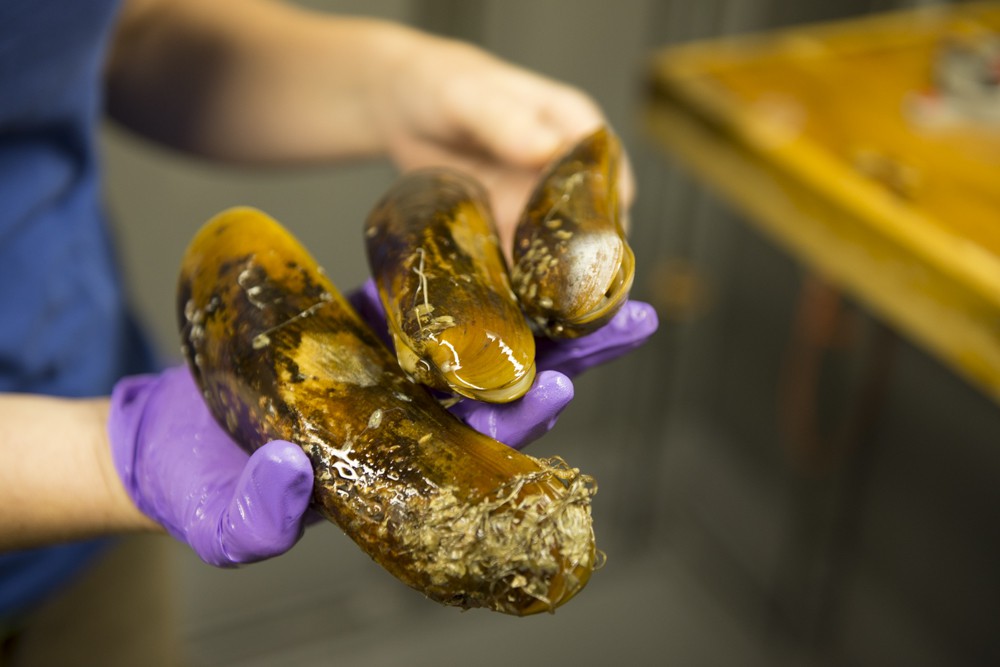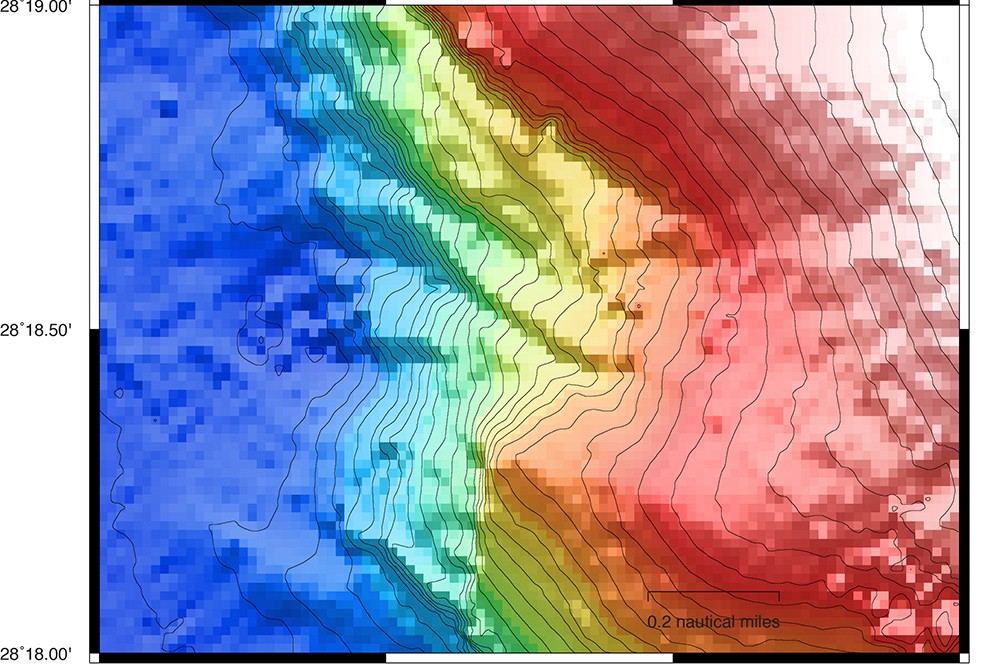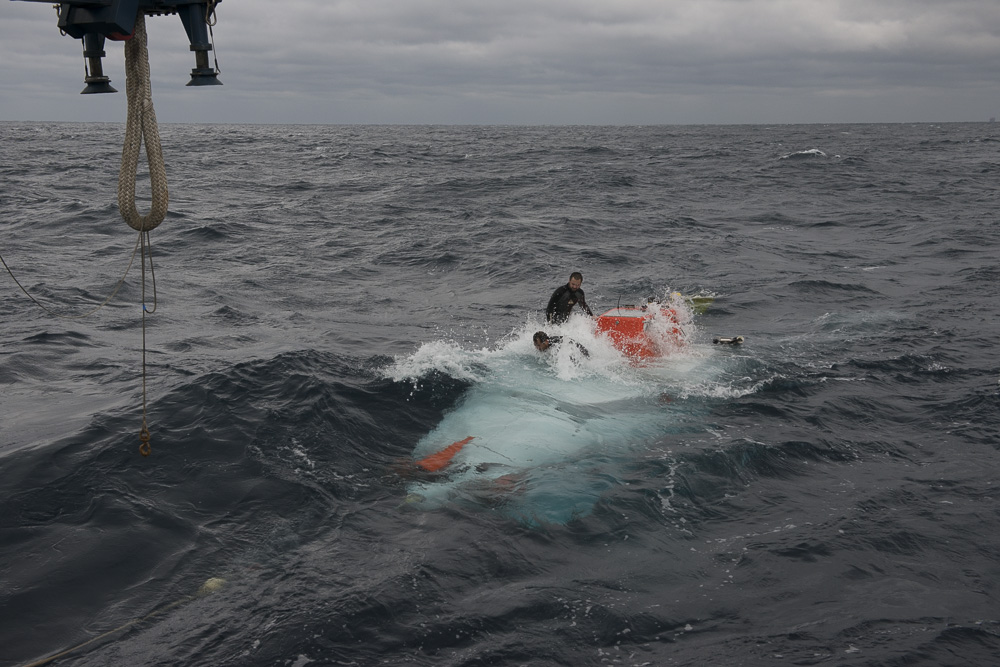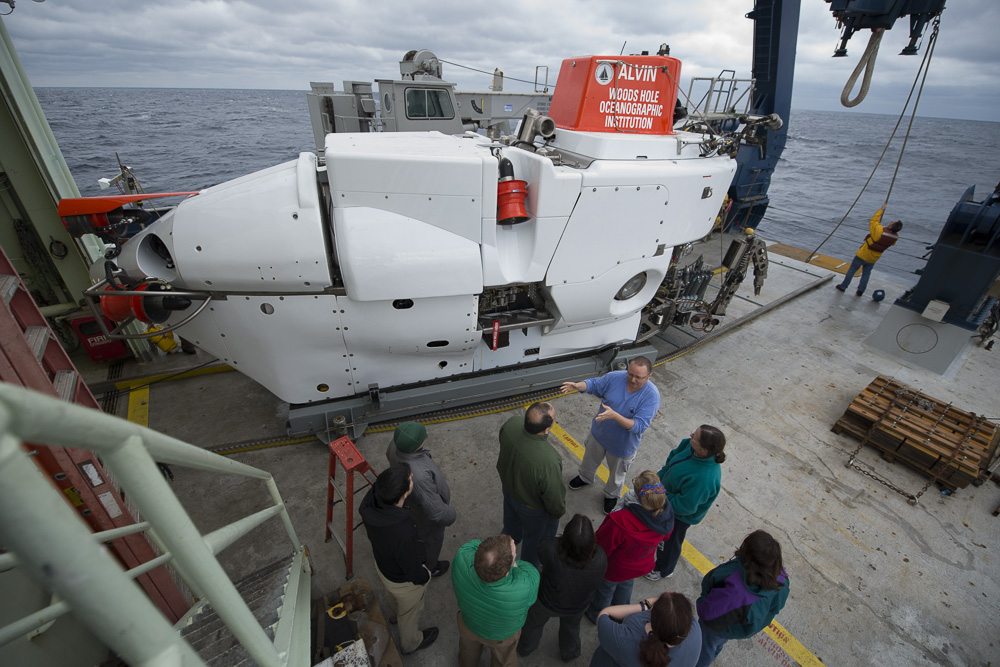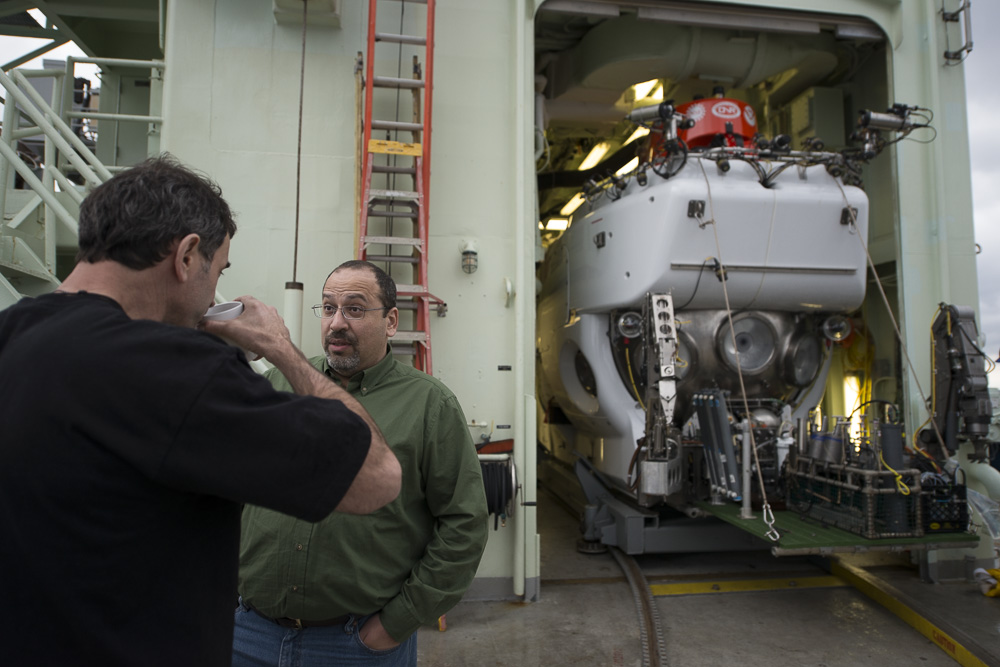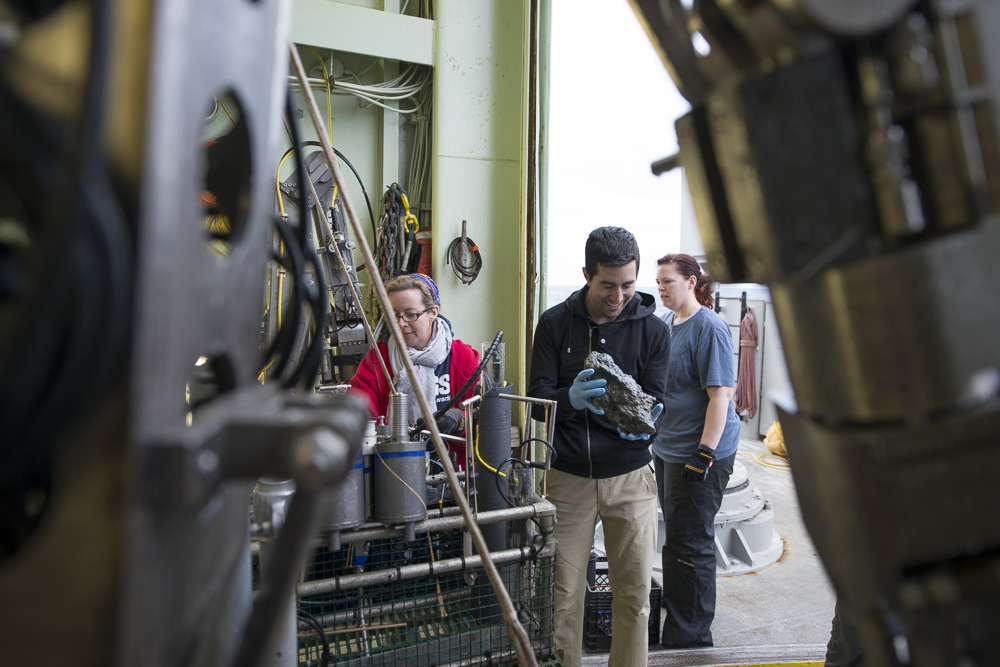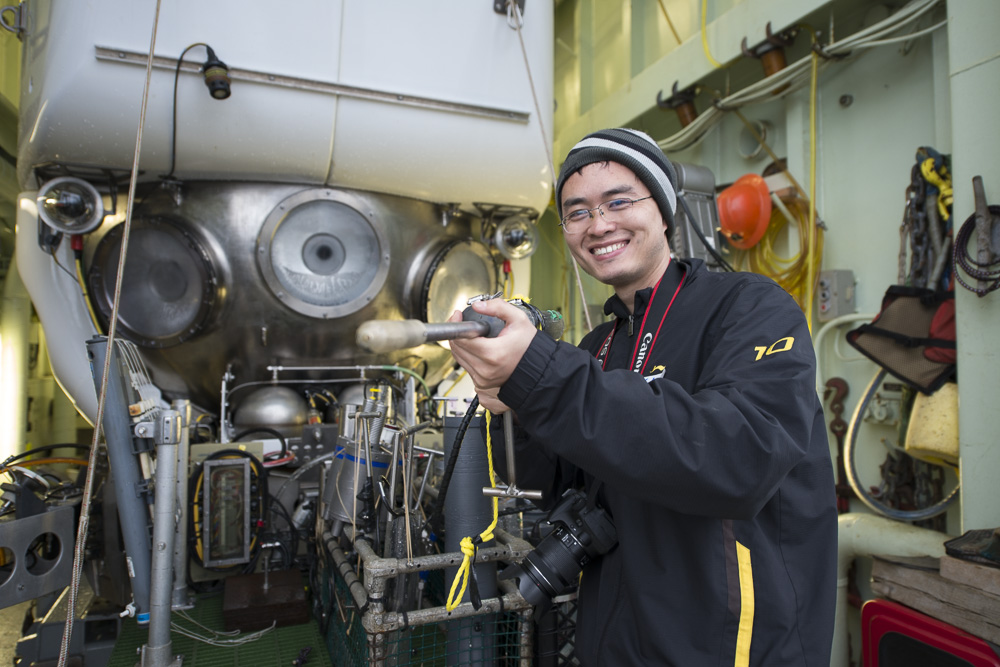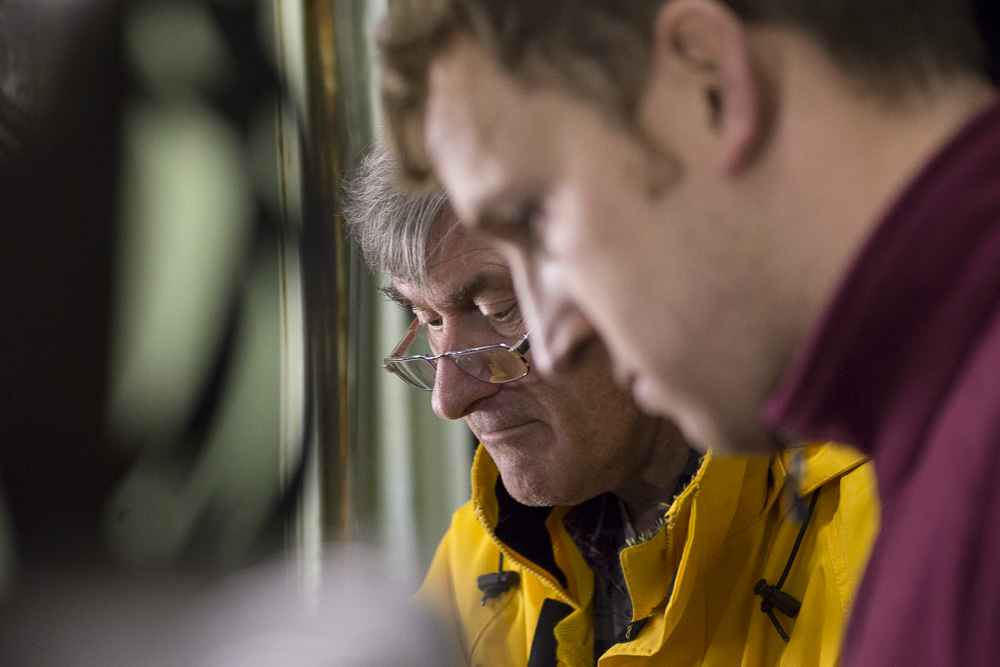
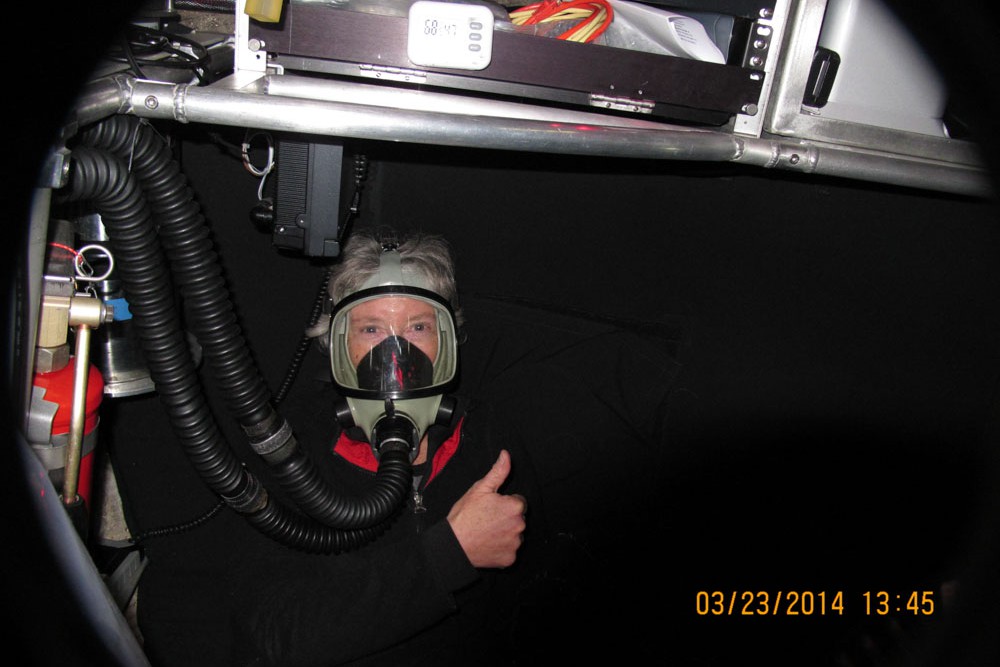
Every time you board an airplane, you get the speech: “In the event of a loss of cabin pressure, oxygen masks will appear …”
Alvin is similarly equipped with Emergency Breathing Apparatus, or EBAs, and pilots and scientists diving in the sub are scrupulously briefed on how to use them in case of an emergency during a dive.
Alvin Expedition Leader Bruce Strickrott has performed hundreds of these training briefings. “I think about it every time I dive: ‘Is this the day I’ll have to wear one of these?’ ” he said. Read More →

